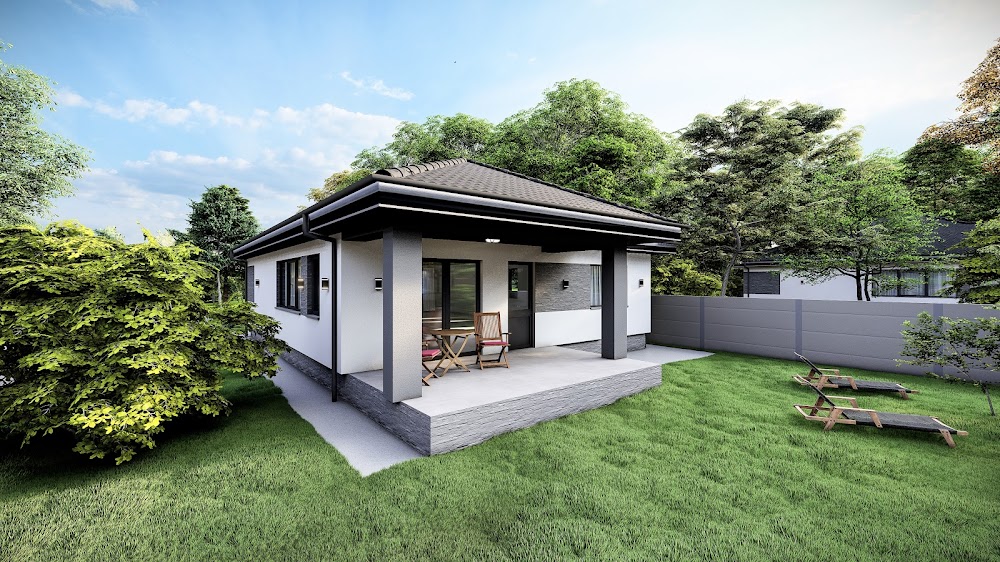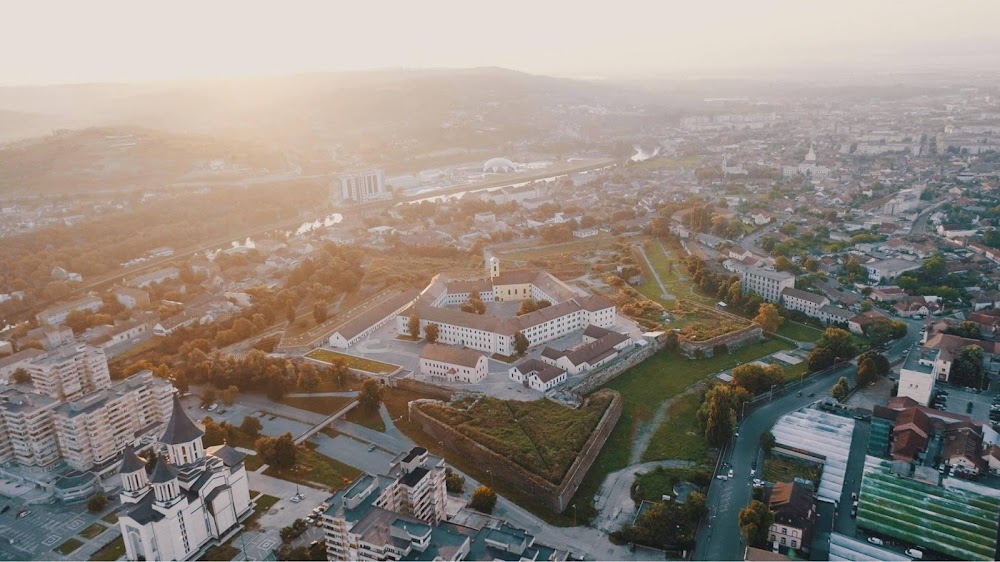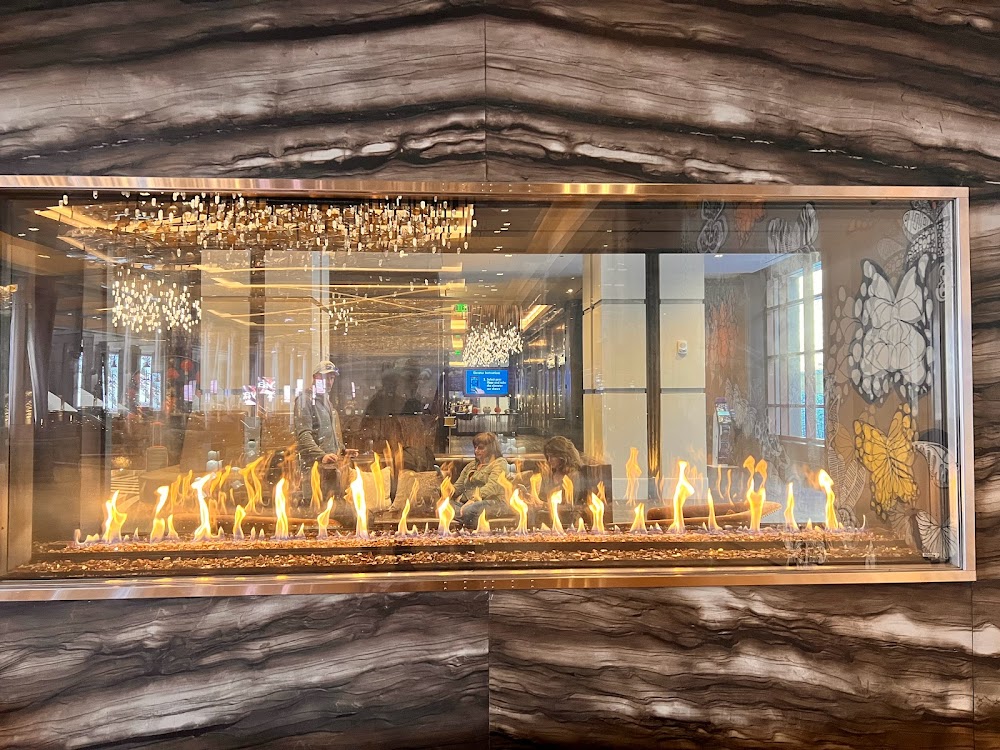Baroque Palace of Oradea (Palatul Baroc Oradea)
Overview
The Baroque Palace of Oradea, also known as Palatul Episcopal, stands as a magnificent testament to Baroque architecture in Oradea, a charming city in Bihor County, Romania. The history of this stunning palace is as rich and intricate as its ornate designs, offering a glimpse into the cultural and religious significance of the region.
Construction of the palace began in 1762, spearheaded by Bishop Adam Patačić, who envisioned a residence that would embody the area's spiritual and cultural heritage. To bring his vision to life, he commissioned the renowned Viennese architect Franz Anton Hillebrandt. Drawing inspiration from the Viennese Baroque style, Hillebrandt created a masterpiece that harmoniously blended local traditions with broader European architectural trends.
The palace was constructed using high-quality materials sourced from the region, transported by traditional means such as horse-drawn carts. The foundation was laid with durable stone, and the walls were built with bricks, embellished with stunning stucco decorations. Artisans and craftsmen from various parts of Europe were brought in to ensure that every detail of the palace showcased the grandeur and sophistication of Baroque art.
The construction process was a lengthy endeavor, spanning several decades. Various bishops continued the work initiated by Bishop Patačić, with Bishop Ignác Batthyány being one of the most significant contributors. Taking over the project in the late 18th century, Batthyány focused on the interior, commissioning frescoes, intricate woodwork, and lavish gold leaf decorations created by skilled artists.
Visitors to the palace are greeted by an impressive facade featuring perfectly symmetrical wings flanking a central courtyard. The entrance boasts a portico adorned with classic Baroque columns and a beautifully carved pediment. Inside, the central pavilion, with its soaring vaulted ceilings, exemplifies the architectural brilliance of the period.
As you explore the interior, the grand staircase illuminated by large windows leads you to rooms once inhabited by bishops. These spaces are furnished with period pieces and adorned with artworks that reflect the artistic flair of the Baroque era. Ornate chandeliers, elaborately detailed ceiling paintings, and opulent furnishings highlight the cultural and religious significance the palace once held.
One of the standout features of Palatul Episcopal is its chapel, showcasing Baroque altars, rich religious iconography, and stunning stained glass windows. This intimate space served as a private sanctuary for the bishops, offering insight into the spiritual life of the era.
Despite its historical importance, the palace faced numerous challenges in preserving its grandeur over the centuries, enduring periods of neglect and political upheaval. In the 20th century, dedicated restoration efforts aimed to maintain the architectural splendor of the palace. Specialists in historical restoration employed traditional methods to ensure the palace retained its authenticity while reinforcing its structure for future generations.
Today, Palatul Episcopal is not only a landmark of Oradea but also a celebrated cultural heritage site. It houses the Roman Catholic Diocese of Oradea and operates as a museum, attracting visitors from around the globe. The careful preservation of this Baroque masterpiece ensures that the rich history and artistry of 18th-century Oradea continue to inspire and educate contemporary audiences.
As you stroll through the halls of Palatul Episcopal, you embark on a captivating journey through time, experiencing the convergence of artistic prowess, religious devotion, and historical significance that makes this palace a true gem of Romania.






